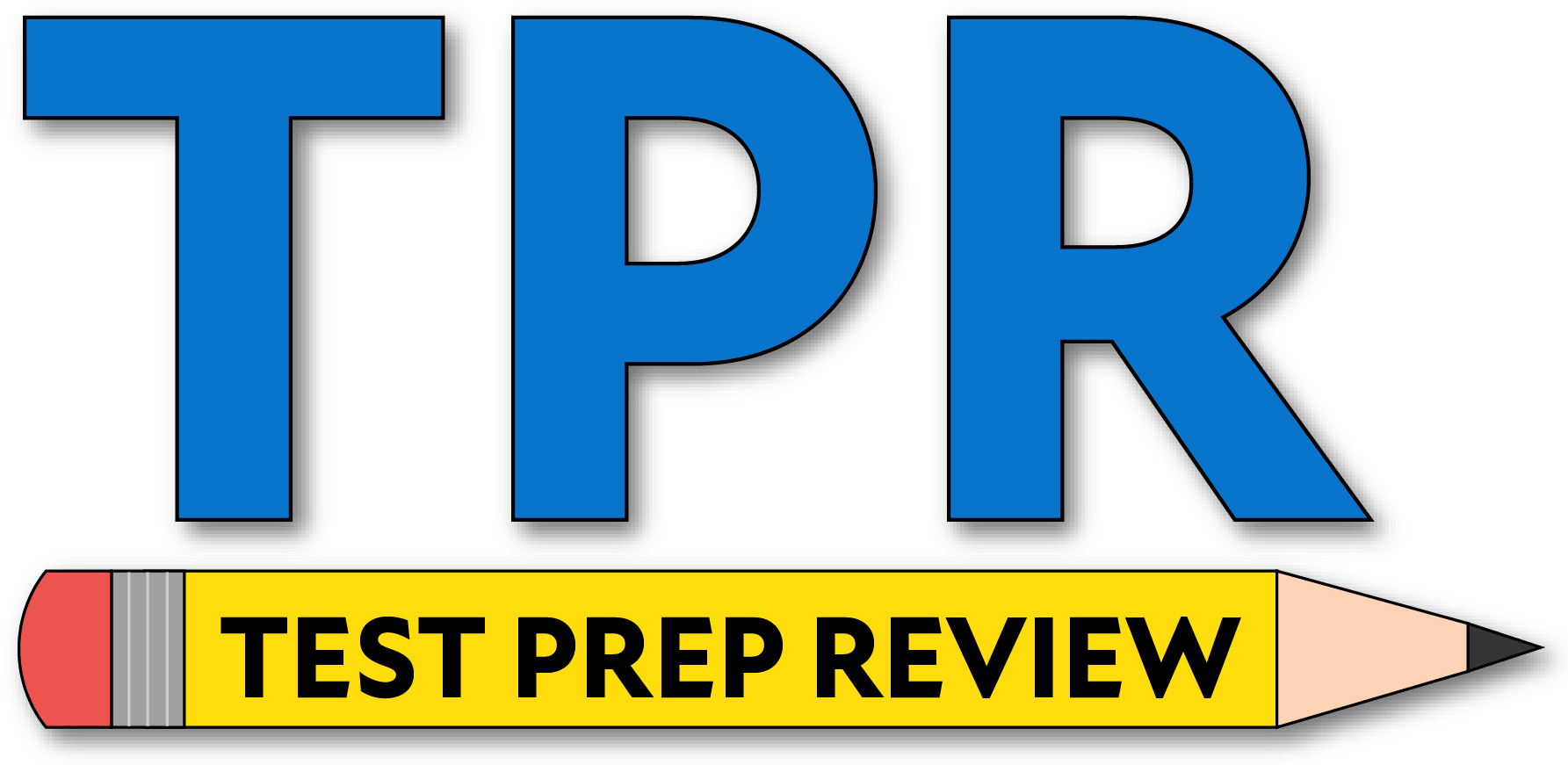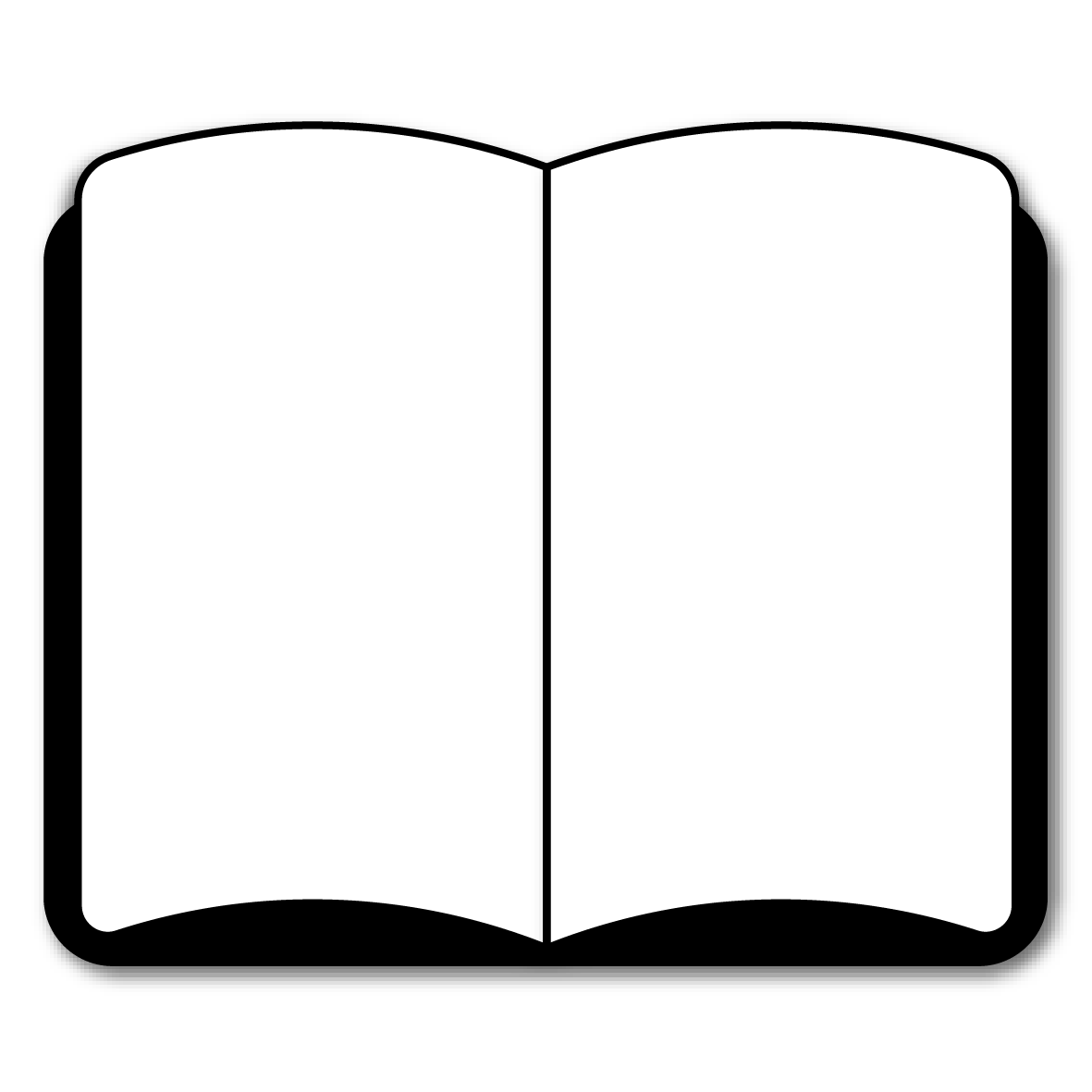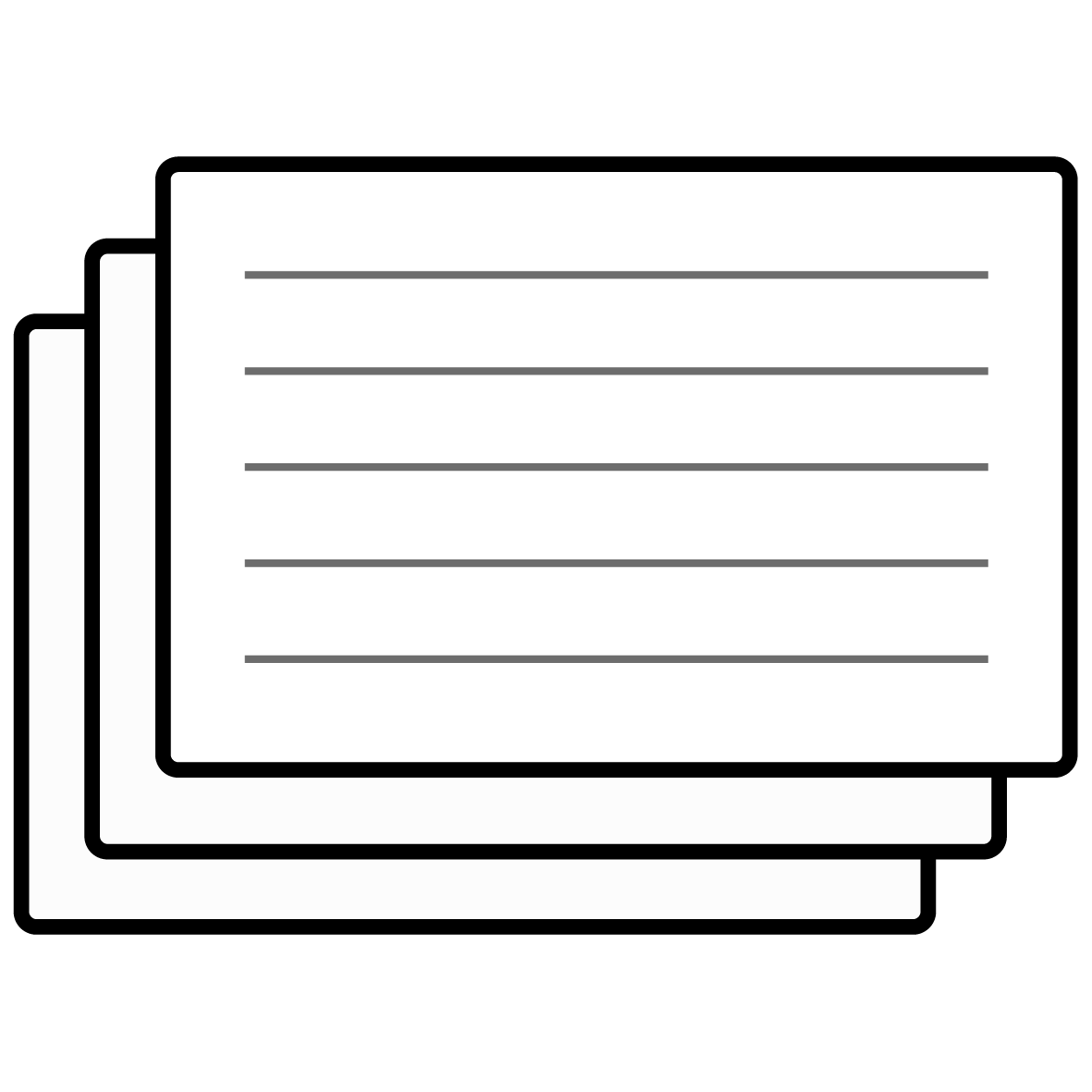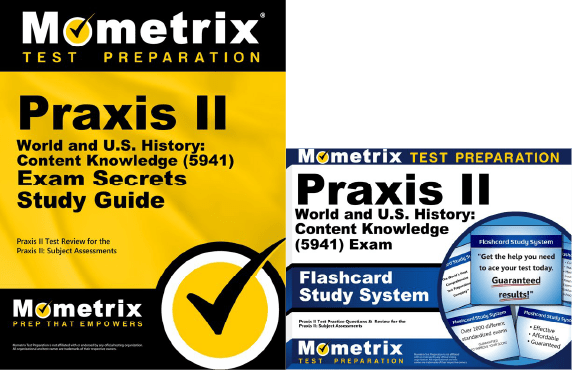If you need help studying for the Praxis World and US History: Content Knowledge test or just want some more information about what the test is like, you’ve come to the right place!
Click below to take a free Praxis World and US History practice test!
What’s on the Exam?
First, let’s talk about the questions on the Praxis World and US History test. There are 120 selected-response questions in total.
Selected-response questions can appear in several different forms:
- Single-selection multiple-choice
- Selecting ALL correct answers from a list of choices
- Selecting the correct answer from a drop-down menu
- Clicking parts of a graphic such as a map or a chart
- Dragging and dropping answers into a targeted area on the screen
The time limit for the test is 2 hours. There aren’t any scheduled breaks, but you’re free to take restroom breaks as needed!
Let’s take a closer look at the different sections of the World and US History test:
1. World History to 1450 CE
30 questions
- How global climatic and environmental factors shape human history
- Characteristics and structures of hunting-and-gathering societies
- The early river valley civilizations in Afro-Eurasia from 8000 to 1000 BCE
- The early river valley civilizations in Mesoamerica and South America from 2000 BCE to 1500 CE
- The formation and significance of Greece, Rome, Persia, China, and India from 1000 BCE to 500 CE
- The origin and spread of Hinduism, Confucianism, Buddhism, Judaism, Christianity, and Islam
- The reasons for empire collapses from 200 to 600 CE
- The formation of new empires and political systems from 600 to 1450 CE
- How the spread of Islam affected various systems from 600 to 1450 CE
- Major developments in Afro-Eurasia from 200 to 1450 CE
- The emergence and effects of interregional networks from 1000 to 1450 CE
2. World History: 1450 CE to the Present
30 questions
- The key causes, events, and impacts of the Cold War (1945–1989)
- The global consequences of communism’s collapse in Europe
- The major developments and policies of 20th-century totalitarian regimes
- The causes, effects, and major events of the Industrial Revolution
- The political, cultural, and economic transitions in the Middle East during the 20th century
- European exploration and colonization efforts between 1450 and 1750 CE
- Significant genocides of the 20th century and their impact
- The defining features of the Renaissance, Reformation, Enlightenment, and Scientific Revolution
- The emergence of new human rights movements and political ideologies after 1945
- Political revolutions, unification efforts, and independence movements from 1750 to 1914
- The rise and effects of Western imperialism and nationalism (1840–1945)
- The development of major political entities around the world from 1450 to 1750 CE
- The significant roles and evolving status of women globally since the 19th century
- African and Asian nationalist and decolonization movements (1890s–1990s)
- The cultural and economic impact of the East African, trans-Saharan, and Atlantic slave trades (1400–1880)
- The events and effects of World War I and World War II
- The global economic and technological transformations of the late 20th and early 21st centuries
- The collapse of the Soviet Union and its worldwide repercussions
3. United States History to 1877
30 questions
- The origins and causes of the American Civil War
- The historical development and significance of the US Constitution and Bill of Rights
- The impacts of slavery in both the British colonies and the United States
- The successes and limitations of the Articles of Confederation
- The major events and outcomes of the Civil War and Reconstruction period
- The emergence and influence of 19th-century sectionalism
- The territorial growth of the United States during the 19th century
- The key causes and events of the American Revolution
- The development of North American colonies, shaped by European, indigenous, and political interests
- The relationships among Africans, Europeans, and Native Americans during the colonial era
- The cultural, geographical, and social characteristics of North America before European colonization
- The economic rise and changes brought by the market economy
- The rise of religious and reform movements during the antebellum era
- The reasons behind the establishment and growth of European colonies in North America
- The key political changes in the US from the 1790s leading up to the Civil War
- The variations in regional social structures within colonial America
4. United States History: 1877 to the Present
30 questions
- The origins, major events, and effects of the Cold War
- The programs and key objectives of the New Deal
- The economic, political, and social transformations of the 1920s
- The global patterns and impacts of US imperialism in the late 19th and early 20th centuries
- The causes and effects of the Great Depression
- The societal changes in the United States from the 1940s to the 1970s
- The progression and achievements of the civil rights movements
- The origins and impact of US participation in World War I
- The impact of immigration, industrialization, and urbanization in the 19th and early 20th centuries
- The contrast between rural and urban development in the late 19th and early 20th centuries
- The evolution of the United States after the Cold War
- The significant reforms of the Gilded Age and Progressive Era
- The role and advancement of the woman suffrage movement
- The economic, political, and technological changes of the late 20th and early 21st centuries
- The major social policies and political movements since World War II
- The causes and effects of immigration and internal migration in the 20th and 21st centuries
- The regional developments in the United States in the late 19th and early 20th centuries
5. Historical Thinking Skills
30 questions
- Formulating historical questions
- Locating and differentiating between primary and secondary sources
- Evaluating various sources for analyzing people’s values, motivations, and behaviors
- Writing a thesis and developing historical arguments
- Making connections between historical developments across time and geography
How to Register
To register for the test, you’ll need to create an account on the ETS website. Once your account has been created, you can submit your application to take the test.
When you submit your registration, you will need to pay the $130 testing fee.
Praxis Scores
The Praxis World and US History: Content Knowledge test is scored using a scaled scoring method. Here’s how it works:
For every question you answer correctly, you get one point added to your raw score. At the end of the test, your final raw score will be converted to a scaled score. This scaled score will range somewhere between 100 and 200.
The reason your raw score is converted to a scaled score is because everyone that takes the test is given a slightly different set of questions. Since everyone has a different arrangement of questions, and because some questions are harder than others, converting your raw score to a scaled score ensures a more even playing field.
FAQs
How many questions are on the Praxis World and US History exam?
The exam contains 120 questions.
What is the time limit for the Praxis World and US History exam?
The exam is timed at 2 hours.
What is the passing score for the Praxis World and US History exam?
The minimum passing score requirements vary from state to state.
How much does the Praxis World and US History exam cost?
The testing fee is $130.



 Praxis Study Guide
Praxis Study Guide Praxis Flashcards
Praxis Flashcards